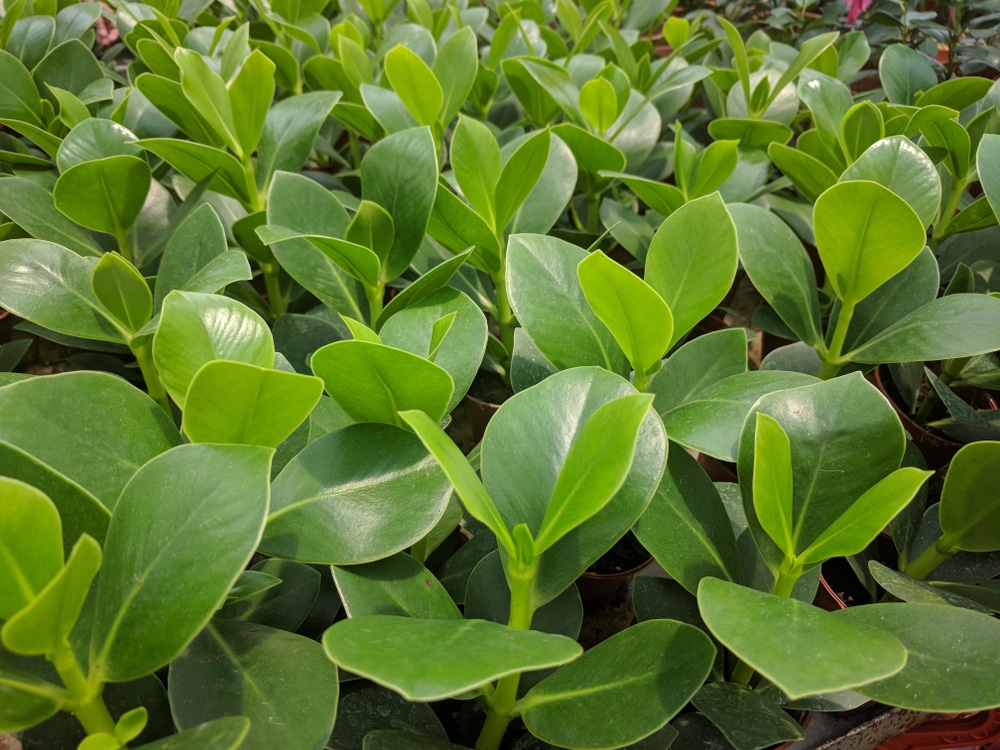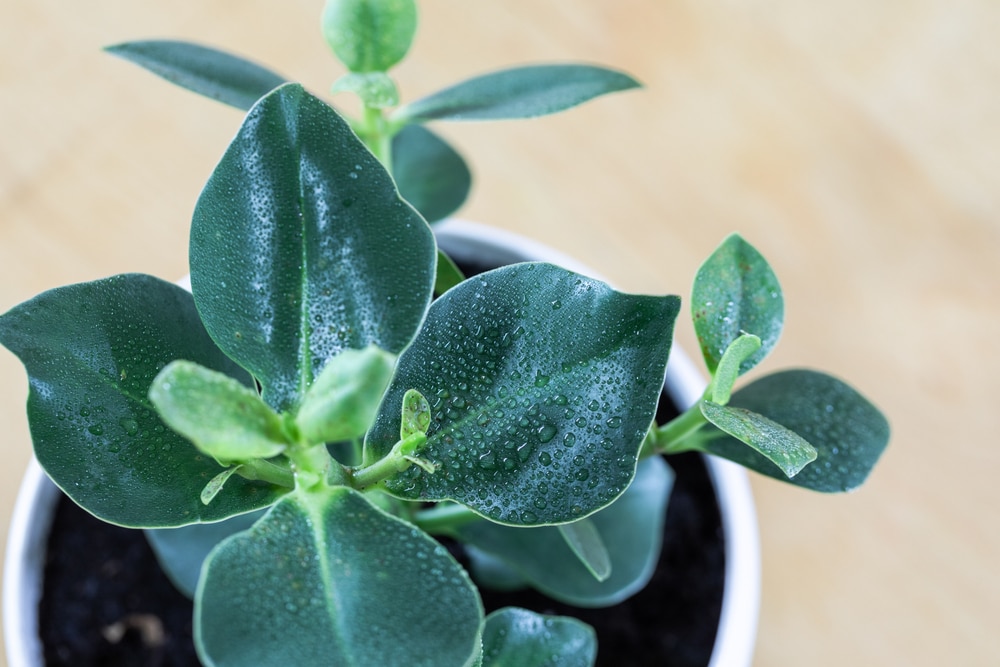The Clusia Rosea, also known as the autograph tree, is a beautiful evergreen. It gets its name from the celebrated French botanist Carolus Clusius, a professor of botany at the University of Leyden. It is popular for its ability to thrive in any type of soil and its resistance to pests and diseases.
Because it is an evergreen, it does not shed its leaves, making it an ideal plant for hedges and privacy screens in tropical regions. Additionally, it has a low branching pattern – making it even more ideal for growing as a privacy screen.
When you are ready to add a Clusia Rosea to your home, there are a few things to consider. Here is a complete guide on Clusia Rosea care.
| Botanical Name | Clusia Rosea |
| Common Name | Autograph Tree, Scotch Attorney |
| Plant Type | Perennial |
| Flower Color | Fragrant and showy flowers that are either white or pink |
| Size When Mature | 96-120 Inches |
| Bloom Time | Summer |
| Sun Requirements | Full to Partial Sun |
| USDA Hardiness Zones | 10 – 11 |
| Soil PH Range | 6.1-7.8 |
| Soil Type | Neutral, Alkaline, Well-draining |
| Water Needs | Medium |
| Native Area | Mexico |
What You Need to Know About Clusia Rosea
It is important to know that the Clusia Rosea, a native of Mexico, is a fast-growing plant and can reach 8-10 feet tall. Unfortunately, this means that it can quickly become too big for its pot or location. As such, you must be prepared to transplant it to a larger pot or area in your garden.
The leaves of the Clusia Rosea are broad and dark green, usually having a leathery texture. Additionally, they are arranged in a spiral pattern on the stem, making it look like a spiral staircase.
Beautiful flowers produced by the Clusia Rosea are showy and are either white or pink in color. Having a sweet fragrance, they usually bloom all year long, peaking during the summer months.
Fruits produced by the Clusia Rosea are small and fleshy, containing numerous seeds. They are either red or yellow in color. Be careful when handling them since they are toxic if ingested.
Clusia Rosea is a sturdy and easy-to-care tree, being able to be grown by even a new gardener. It is not too demanding of care and attention nor very fussy.
How to Care for Clusia Rosea
Here’s everything you need to know about growing and caring for a thriving Clusia Rosea:
Light
In its native Mexican habitat, Clusia Rosea grows and enjoys full sun. When grown indoors, they may tolerate a bit of moderate light levels and some shade. However, the ideal situation for an indoor plant would be to place it near a sunny window.
At least 6 hours of sunlight is required for the Clusia Rosea to maintain its health and vigor. Therefore, if you live in an area with harsh sunlight, it is best to provide some sort of filtered light or shade during the hottest hours of the day.
Water and Soil Needs
Usually found in mangroves, the Clusia Rosea can tolerate being in standing water for long periods. In fact, it is often used as a way to stabilize the soil in these areas. However, in domestic gardens, you should water the Clusia Rosea regularly, making sure that the soil is always moist but not soggy.
The best type of soil for the Clusia Rosea is fertile, well-draining potting compost. Growing this plant in soil with a pH range of 6.1-7.8 will ensure that the Clusia Rosea gets the nutrients it needs.
Temperature Requirements
Warm temperatures like in USDA zones 10-11 are essential for the Clusia Rosea to grow properly. It should never be exposed to temperatures below 50 degrees Fahrenheit and ideally between 61-84 degrees Fahrenheit. In the winter, you should move the Clusia Rosea indoors to protect it from the cold weather and avoid any damage.
Fertilizer
The best fertilizer to use on a Clusia Rosea is a balanced fertilizer with an NPK ratio of 10-10-10. This should be applied every two weeks during the growing season, which is around the spring and summer seasons.
Common Diseases
Diseases from pests are the most common problems that gardeners face with their Clusia Rosea. These include scale and thrips.
Scale is a common problem for Clusia Rosea and can be identified by the presence of small, brownish bumps on the leaves and stems. Thrips, on the other hand, are tiny insects that suck the sap out of the leaves, causing the yellowing of leaves, and if left untreated, the plant will eventually die.
To prevent these pests from infesting your Clusia Rosea, make sure to regularly check the leaves and stem for any signs of damage. Additionally, you can use horticultural oil or Insecticidal soap to kill any pests that are present.
Clusia Rosea Propagation
Cuttings are the best way to propagate Clusia Rosea. To do this, take a sharp knife and make a clean, angled cut just below a leaf node. The leaf node is the point on the stem where leaves are growing.
Once you have your cutting, plant it in moist potting compost. You have the option to dip the cutting in rooting hormone before planting, but this is not necessary.
Remember to place your pot in a warm location that receives indirect sunlight and wait for the cutting to take root. This can take anywhere from two to six weeks.
After that, once the cutting has taken root, you can then transfer it into a larger pot or to a permanent place in your yard or garden.


